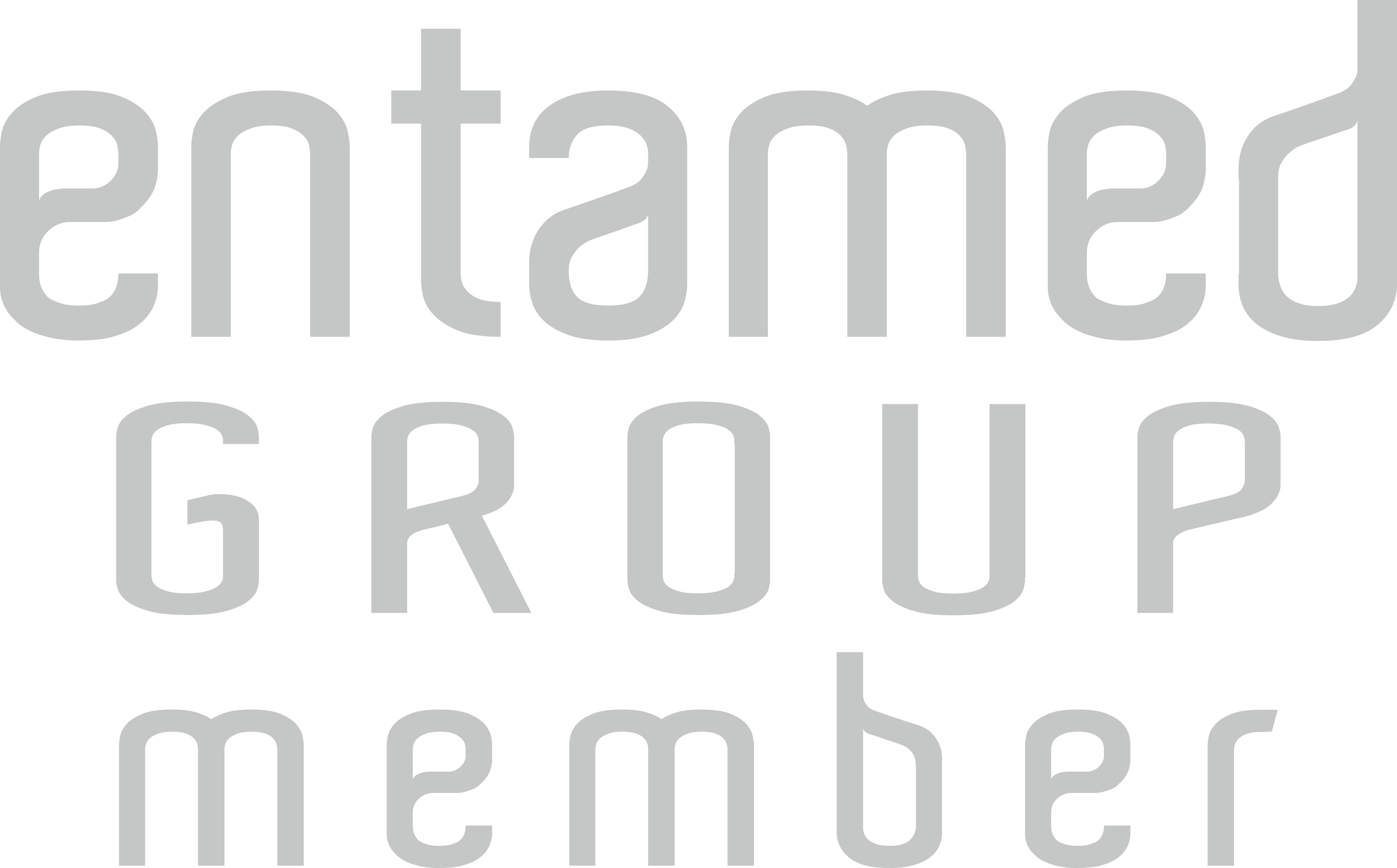
+90 (850) 259 5 444
Oral diagnosis and radiology focus on identifying dental, oral, and jaw-related issues with precision. Accurate diagnosis is essential for successful treatments. Advanced imaging techniques help uncover hidden problems that might not be visible during a standard dental examination.
Are X-rays safe?
Yes, modern digital X-ray machines emit minimal radiation, making them safe. Inform your dentist if you're pregnant.
When is CBCT necessary?
CBCT is used for advanced procedures like implant planning, assessing impacted teeth, or detailed jawbone evaluations.
How is oral cancer screening conducted?
A visual examination is performed to detect abnormalities. If needed, a biopsy may be taken for further analysis.
Accurate diagnosis is the cornerstone of effective dental care. Oral diagnosis and radiology allow early detection of problems, ensuring efficient treatments and long-term oral health. With precise imaging and thorough evaluation, these methods support optimal dental outcomes.

© ekodent. All Rights Reserved.
Designed by entamed GROUP